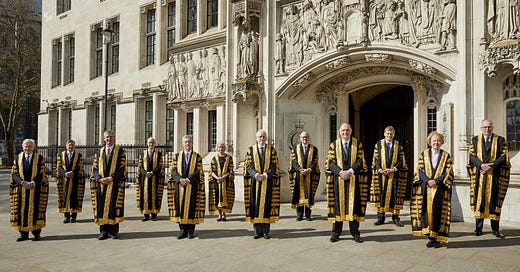Almost a week ago, a long-standing member of what we like to call legal Twitter made an interesting observation about a judgment I had reported:
Keep reading with a 7-day free trial
Subscribe to A Lawyer Writes to keep reading this post and get 7 days of free access to the full post archives.



